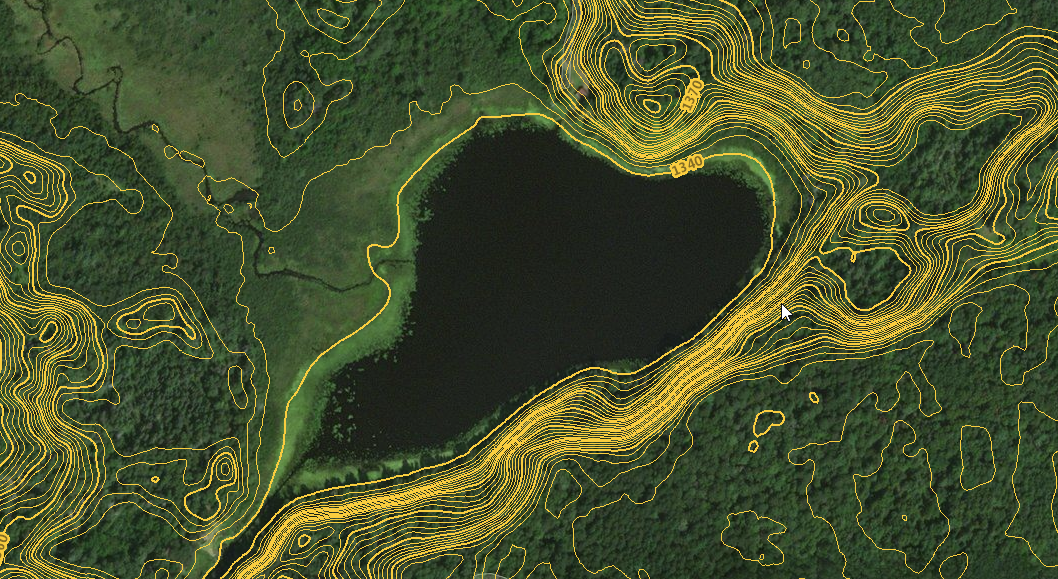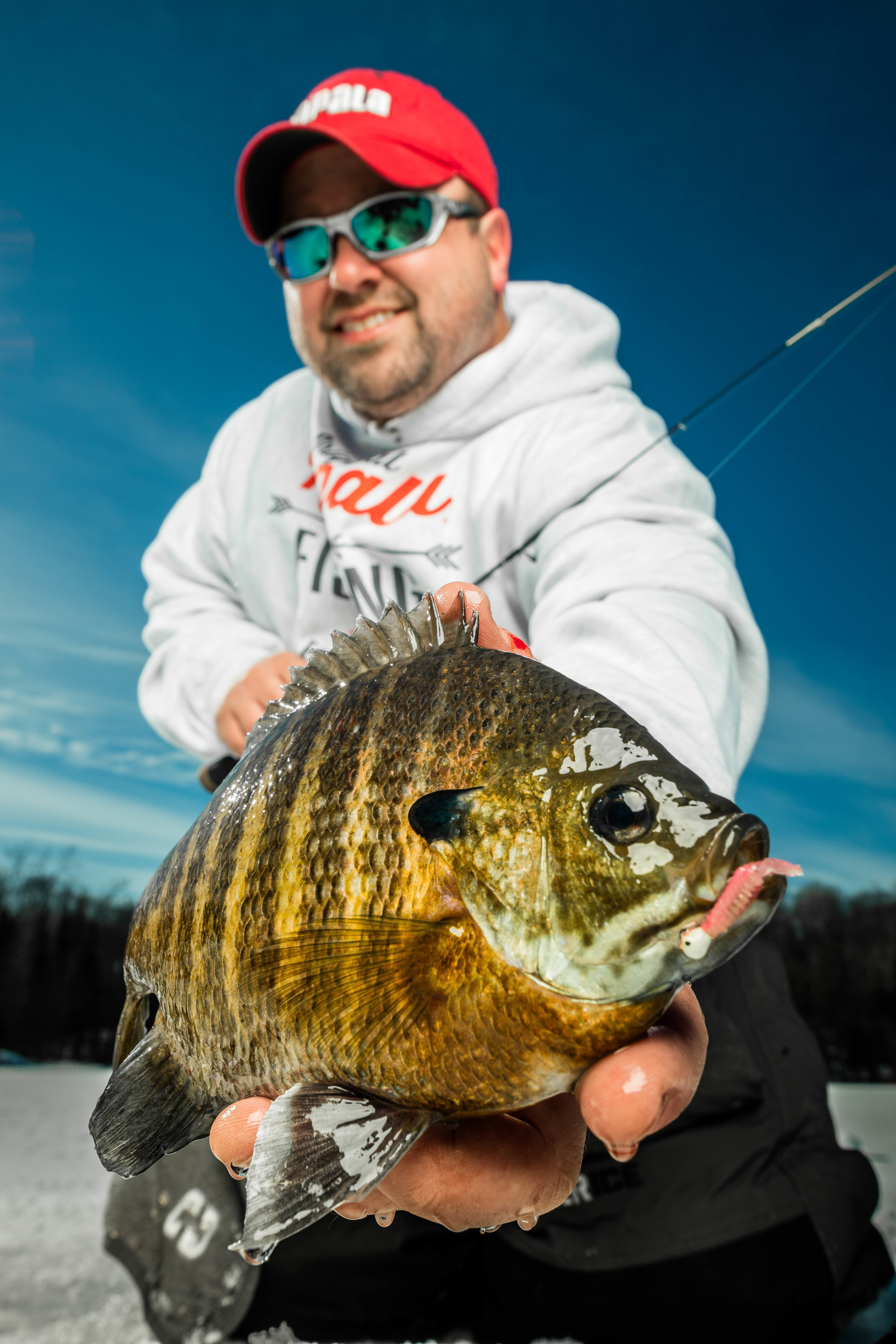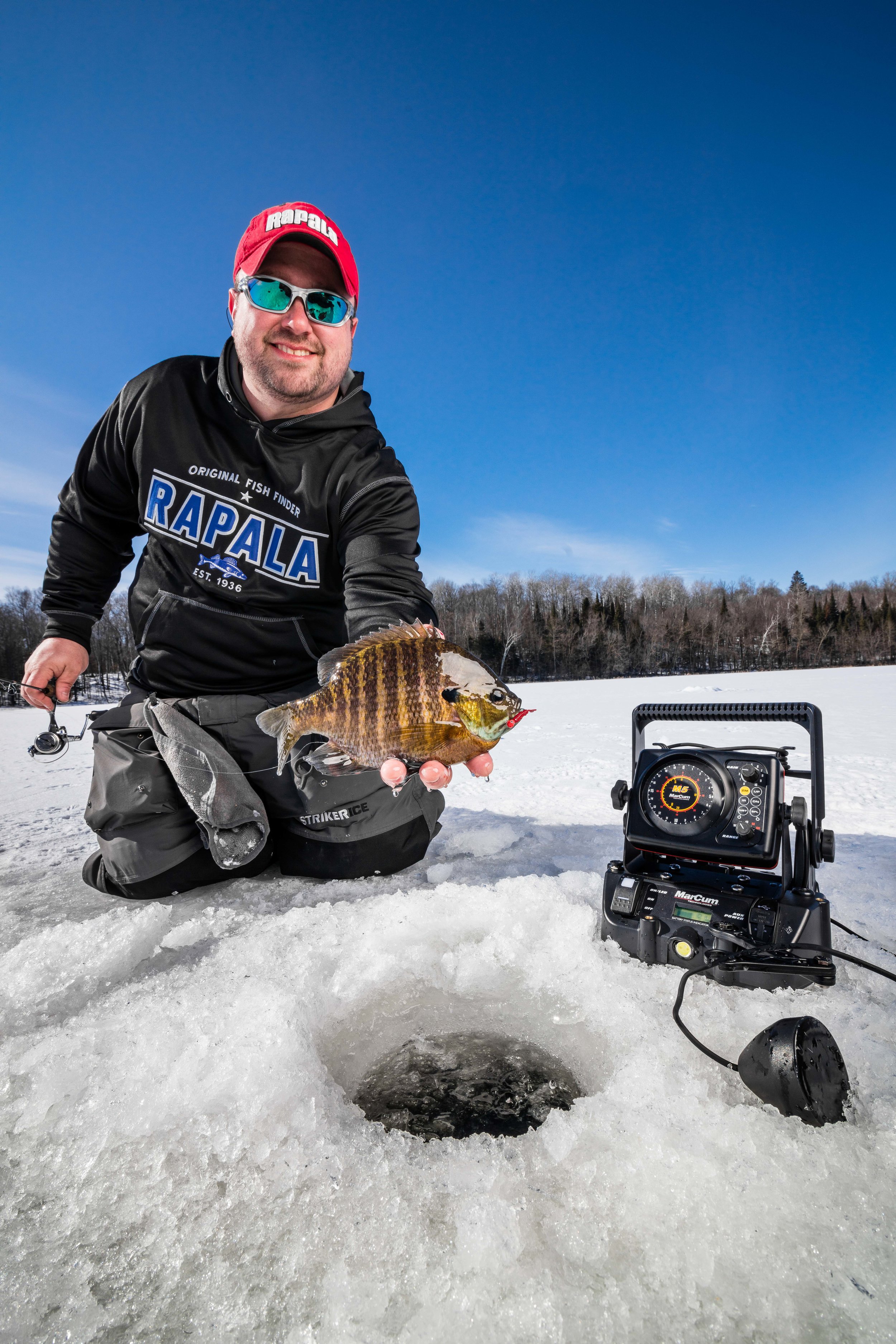As for spawning, big walleyes are far from sterile. In fact, they produce more eggs than their smaller female counterparts by far. However, in some systems, most notably Lake Erie, these larger walleye’s eggs have been studied for viability (number that hatch vs. number that are actually laid). There and in other select systems with rapid growth rates, 20-24” or so fish have better egg viability, meaning that more of them hatch and go on to survive.
Large fish (24”+) contain obviously successful genetics, many more eggs, and still produce an incredible number of walleye fry. Therein lies the rub. To fisheries managers considering that size distribution graph, mid-range fish as a group can be considered more valuable to the overall health of the fishery, so they aim to regulate take among this class of fish. That’s not primarily because of their spawning success, it’s because this range of fish size represents the bulk of the spawning biomass for the entire system being that there are more 20-24” fish in the lake than any other size class. In northern systems where walleyes grow much more slowly, those sizes are slid down the ruler a bit more.
In my opinion, anglers and even some fisheries managers have perverted these principles to arrive at the false notion that big walleyes are sterile, "dried-up", or that they simply don't contribute to the system in a meaningful way so you'd be well advised to keep them. Some have even penned thoughts regarding walleyes that die of old age as “lost opportunities to anglers.” I have read their arguments, done the scientific literature reviews from across the United States and Canada, and have seen the aftermath play out both personally and from afar. Suffice to say, I disagree, and feel that the implications of selling this story only exacerbates several problems for both anglers AND fisheries managers.
First and foremost, the most unflinching facts are that no matter the system:
1. Large walleyes are highly sought after
2. Large walleyes are more rare than their smaller counterparts
3. A walleye caught and killed cannot be caught again
4. A walleye caught and killed cannot spawn, no matter how viable their eggs may be
Which to me, supports the conclusion that ALL spawners should enjoy some form of protection beyond the ability of nature or stocking programs to completely and consistently replace fish removed from a population through natural or angler-driven mortality.
I’m not a fish-worshiper either, in that I love taking fish for the pan, especially walleyes. In most systems I fish in the Midwest, walleyes are the most intensively managed species, are regularly stocked, and present one of the most responsible species choices for harvesting some fillets from. It's simply a matter of expectations and maintaining good fishing where it is already. The larger point that’s missed here however is the last one in that no matter the system, spawners represent a future made not-so-certain by weather, bait, depredation, and a host of other environmental factors.
The message relating to the thought of large fish don't matter or contribute to the overall health of the fishery is a dangerous one. Large walleyes that die due to old age or natural causes are not a loss to the fishery, only in a small way are they a loss to those anglers that keep all fish. Even with reduced fertility, they do produce offspring, and to toss them out and say they don't contribute is inaccurate.
While Lake Erie may very well be able to produce more overall fish per year, the vast majority of fisheries cannot once you account for both fishing and natural mortality. It's inevitable that these theories spread and become applied to non-like fisheries, including the jump into other species like gills and pike where we know that large individuals are incredibly important to the overall population.
In viewing the graph above you see that taking fish less than 20”es dramatically reduces the amount of females taken in general, though admittedly, targeting such a large percentage of males-only has created problems in some notable fisheries where both hook-and-line anglers and gill-netting takes place simultaneously. Erie may present some additional challenges, in that fish less than 20”es can be difficult to come by because of how quickly those fish grow, but as discussed, the vast majority of the walleye world does not enjoy similar productivity.
Anecdotally, the fall-out becomes similar to what you heard Bill, and what I’ve seen purported in person and online. Facts get twisted, statements are revised, and studies are used to endorse behavior that while at times legal, certainly doesn’t promote the future of good numbers of larger fish in all systems. In today’s age of social media angling, large piles of bloodied fish on the ice or stringer shots of pale, warm walleyes not only fly in the face of the value of catch and release angling, it provides detriment to future generations of anglers that see these practices as generally acceptable.
So what's a walleye angler to do? My boat rule for almost all of the waters I fish throughout the Midwest is that 20” and larger eyes go back, and most times that drops down to 18” fish if we have other species or an abundance of smaller fish. Reasonable exceptions are legal in most states, including a trophy fish or two being allowed per angler. However, this is a far cry from “we should be taking only larger fish, or all larger fish.”
We value them because of their size and because they are rare, and many of us are willing to spend much larger amounts of money to target walleyes in areas where large fish are less rare. To preserve those opportunities and with luck even foster or promote them, I see little reason (scientific or otherwise) to harvest increasing numbers of large walleyes outside of the occasional trophy.
Joel











